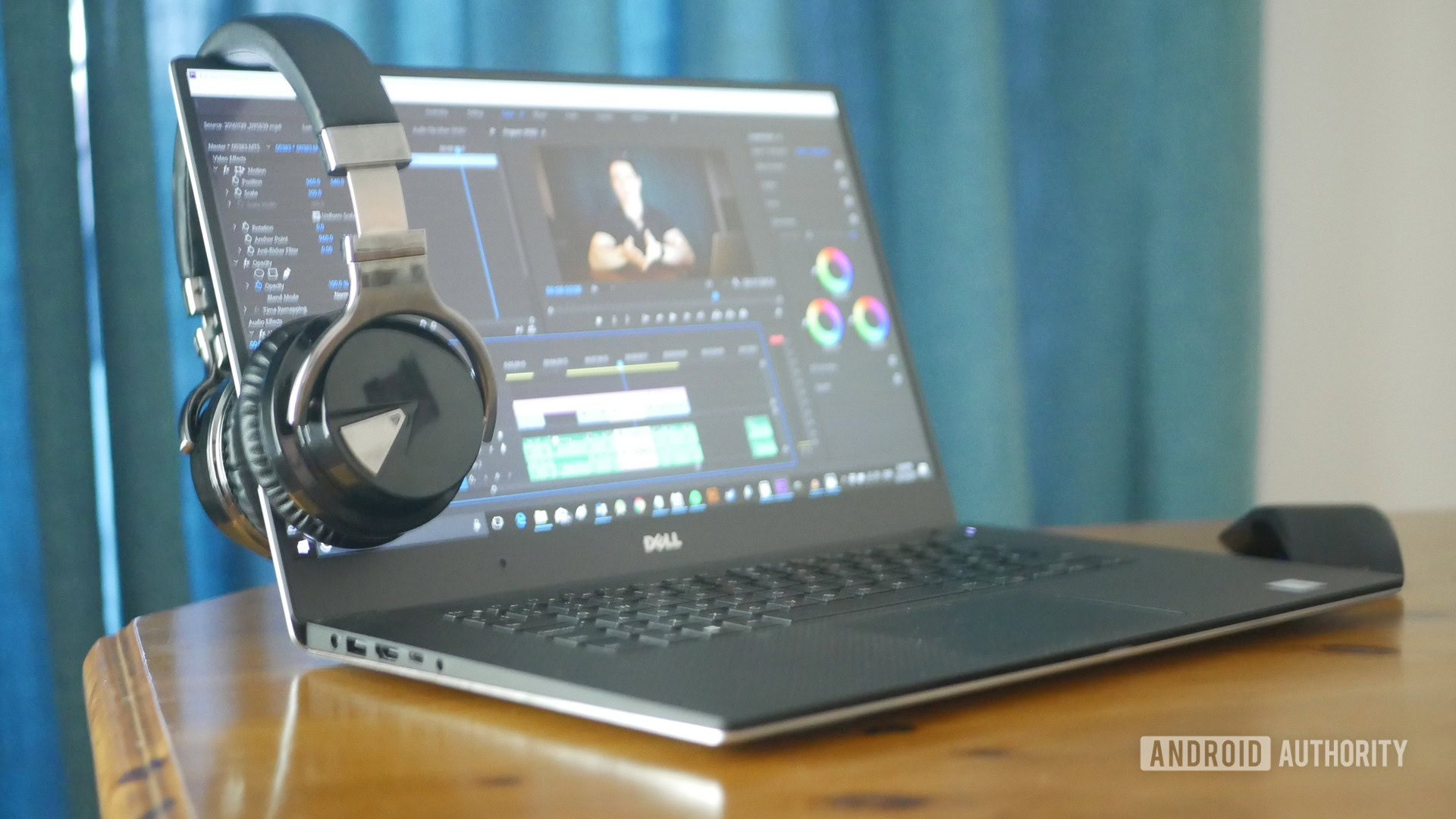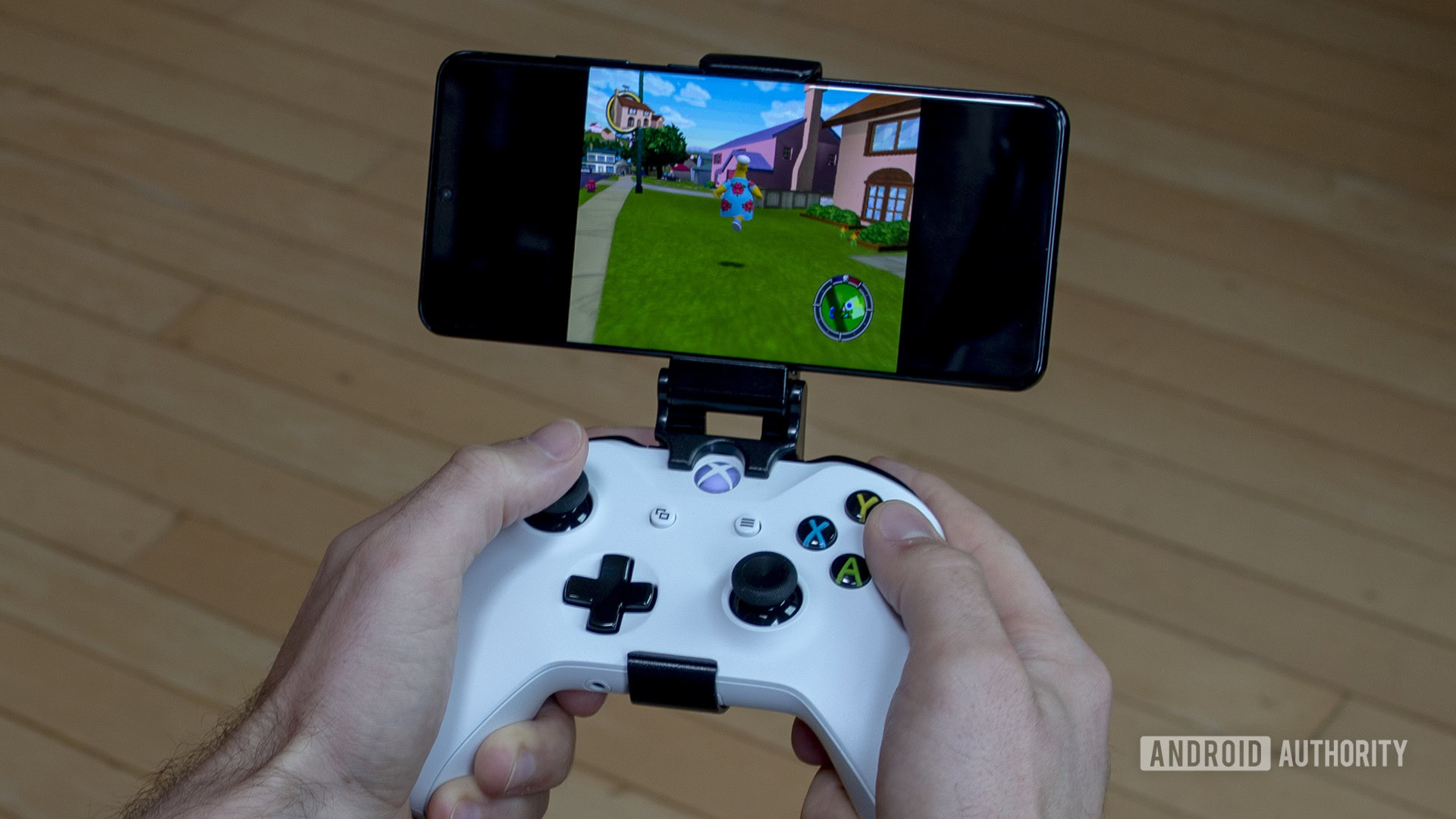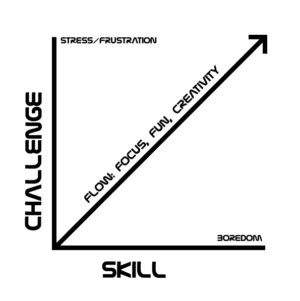Affiliate links on Android Authority may earn us a commission. Learn more.
How to get into a flow state working from home
Published onMay 10, 2020
Working from home means constantly having to avoid distractions and temptations. You are surrounded by all your own things, offering limitless opportunities to deviate from the task at hand. For many of us, this leads to a situation where we don’t get much done. Unless you count catching Pokemon…
Also read: How to stay sane working from home
But imagine if there was a way to switch off from those distractions and enter a state of hyperfocus that would allow you to burn through tasks like Bradley Cooper in Limitless.
Well there is, and you’ve probably experienced it before: it’s called a flow state. Here’s how to get into a flow state when working from home, so that you can truly optimize your time.
What is a flow state?
Flow states were first described by the psychologist Mihály Csíkszentmihályi, who observed them occurring across a wide variety of disciplines and even sports.
The term describes a state of extreme focus, which is accompanied by changes in the brain. In particular, the individual experiences something known as “transient hypofrontality.” That fancy term is to say that they experience a reduction in blood flow to the cerebral cortex, accompanying a reduction in activity in the region.
Why is this a positive thing? Because while we associate the cerebral cortex with higher-level thought and planning, it is also responsible for things like anxiety and our inner critic.

In other words, if you find yourself thinking things like “I should check Facebook to see what Jeff said about my photo,” or “I’m not sure if I’m doing this right, I should just stop” then that is coming from your prefrontal cortex.
What we’re looking for, is the kind of intense focus on just one task that you experience when going to the movies. You need to be so intently focused on what you’re doing, that you don’t even entertain any other thoughts.
This is where you lose track of time, and tasks become almost meditative. It’s at this point that the real work gets done, and often it also happens to be the most insightful and useful.
It’s at this point that the real work gets done.
There are subtle differences at play here though, different brain areas are at play depending on the type of activity. The point is though, at some point the brain becomes “locked in” to whatever it is you’re doing and you can blast through 10x as much work. Most people have experienced this at
Now the next question is: how do you get into a flow state?
Remove distractions
The first thing to understand is that flow states require a period of steady, focused work. By definition, a flow state requires you to focus on just one thing so anything that breaks your concentration or forces you to switch tasks is going to pull you right back to reality.
Estimates suggest that it takes around 30 minutes to get into a flow state, and in my experience, that is about right. This means that you need to avoid distracting emails or notifications for at least that long.
Flow states require a period of steady, focused work.
It also means you need to fight the temptation to open up Facebook, or otherwise move onto another task. An excellent video from BetterIdeas explains how this will often seem harder at a certain point: almost like hitting the wall when going on a marathon run.
The key is to be determined enough to push through that barrier and to keep focused anyway. It might be dull now, but eventually, you’ll reach a point where everything else fades away. Just knowing that can be enough to help you tap into much greater productivity.
Getting the dopamine hit
The other issue is making sure that the work you are doing is challenging without being demoralizing, and that it is inherently engaging and interesting for you.
When you play a computer game, it is extremely easy to completely forget everything else you are doing. Computer games are perfect for creating flow states in fact!
There are a few reasons for that.
The first is that computer games are action-packed, constantly novel, and ideally also cool. We find it easy to play computer games because we like playing computer games!

The other reason is that computer games have a feedback loop with lots of rewards. When you get something right, you hear a pleasing chime or see explosions all over the screen. This sets off reward centers in the brain, releasing large amounts of dopamine (which is the brain’s motivation hormone).
Finally, computer games are set at the perfect level of difficulty: just hard enough to present an engaging challenge, but never so unrelenting as to completely demolish your motivation.
How to fix your boring job
Now compare this to your work: often it is extremely dull and repetitive (certainly not cool), there is no continual reward, and the difficulty level is often extremely low with occasional spikes.

This is also why certain tasks are much easier to focus on than others during a working day. I personally find video editing extremely addictive, whereas writing articles on topics I’m disinterested in can be a real grind. That’s because video editing is often more creative, but also because it includes an immediate feedback loop. The same is true for programming.
So, if you want to know how to get into flow, you need to do the following:
- Ideally choose tasks that are inherently engaging
- If that isn’t an option, try to either make the task interesting, or find something about it that you can relate to
- Create shorter goals so that you get multiple smaller “wins” throughout the day
- Track your work so that you can see progress
- Ask for more responsibility if your work is too easy
- Or make it harder by increasing your own sandards
Like all things though, learning how to get into flow states is something that takes practice and time. Keep at it, and you’ll eventually find it easier and easier to achieve maximum focus!
What do you guys think? How do you get into a productive flow state?